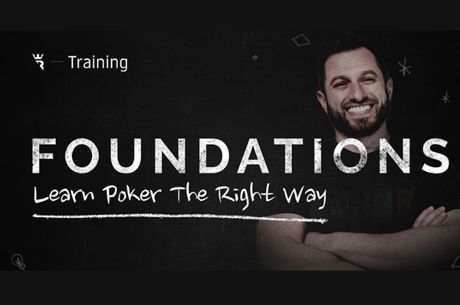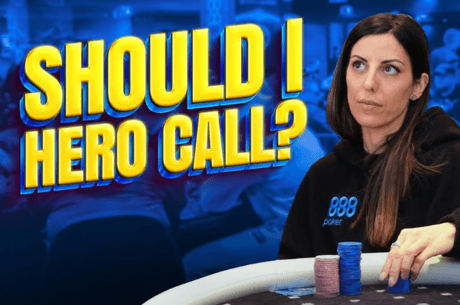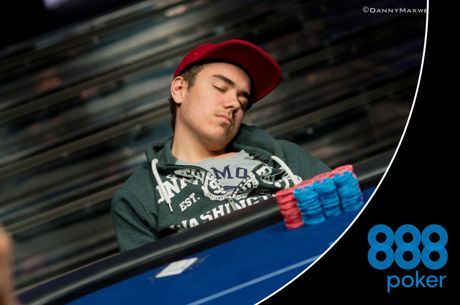Take a Cue from Pool and Consider Your Options Before Acting in Poker

If you stick around the World Series of Poker until the very end during the summer — when the Main Event is in its late stages and nearing the final table — you’ll notice that most of the people around the Rio are there to staff, play, or sweat the Main Event.
Many years, however, a few people will be replacing the poker tables in the Convention Center with pool tables. However jarring it might be to see anything other than poker in the Convention Center — I, for one, have spent well over a thousand hours in the Rio, but none outside the WSOP — this change is fitting.
Pool’s rich history overlaps with that of poker as a major part of gambling culture and as a source of many of poker’s most accomplished players. Nick Schulman springs to mind as an example, as does Daniel Negreanu.
Even casual pool enthusiasts like me can see the beauty of the game and appreciate its unforgiving emphasis on foresight and discipline. Indeed, I have been struck by the degree to which pool advice can sound like excellent poker advice.
For example, it is said in pool that you should find three shots before taking one. Because there are so many ways to approach most layouts in pool, it is important not to pursue the first line you see. Making yourself consider three lines enforces patience and nudges you to find the best play, not just a good-enough one.
Andrew Brokos, my poker friend and Thinking Poker Podcast co-host, tells something similar to his students. Try to consider two options before you make a play, he advises, even if that play is just a continuation bet. When I am considering options frequently, I am more likely to be playing my best, and Andrew’s exhortation pushes me toward that better mindset.
One of the strongest players I’ve ever talked strategy with used to say something in the same vein — he never folds before considering bluff-raising. (Presumably, he also never bluff-raises without first considering folding, but you wouldn’t always know it from seeing him play.)
Most poker players play at least some no-limit hold’em, and no-limit games make it easy to consider other plays before acting. For one thing, there are almost always different bet sizes from which to choose. Even if you think a bet is too obvious not to make, there’s usually room to wonder whether a smaller or bigger bet would accomplish something that the first bet size you choose wouldn’t.
Once you get into this many-option-seeking, “skeptical” frame of mind, you’re likely to see all sorts of opportunities you might otherwise miss. You might ask yourself...
- Is this a good time to make a light reraise?
- Might a “standard” flop bet actually be better invested on the turn, or not at all?
- Is this a good time to “split your range,” choosing one bet size with one set of hands and another bet size with another?
Most of us would be surprised at how often such questions lead us to a better play. Even in cases where we go with the first option we considered, we’re more likely to bring an attentive, creative frame of mind into future hands. We will be more likely to “look left” and less likely to act out of frustration or boredom. We’ll also be less likely to find ourselves in an uncomfortable situation with no plan, which is perhaps a poker analogue of losing control of the cue ball and snookering yourself.
Failing to plan carefully follows from failing to think carefully, and as our colleagues in the pool hall know well, poor planning is frequently and swiftly punished. The more consistently you consider all your options, the more often you will be the one doing the punishing.
Thinking Tournament Poker by Nate Meyvis is now available both and . Be sure also to check out Nate and Andrew Brokos on the Thinking Poker podcast, and for more from Nate visit his blog at natemeyvis.com.
Want to stay atop all the latest in the poker world? If so, make sure to get PokerNews updates on your social media outlets. on Twitter and find us on both and !









